
| Recorded by: Jim Petranka on 2025-02-26
Madison Co.
Comment: | 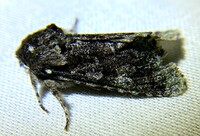
| Recorded by: Dean Furbish on 2025-02-01
Wake Co.
Comment: |
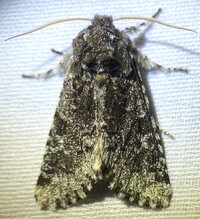
| Recorded by: Dean Furbish on 2025-01-31
Wake Co.
Comment: | 
| Recorded by: John Petranka on 2025-01-29
Orange Co.
Comment: |
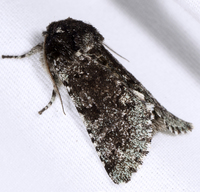
| Recorded by: John Petranka on 2025-01-29
Orange Co.
Comment: | 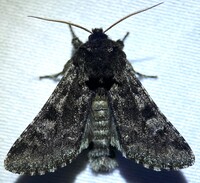
| Recorded by: Dean Furbish on 2024-12-30
Wake Co.
Comment: |
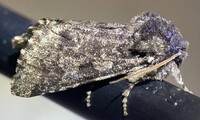
| Recorded by: Dean Furbish on 2024-12-30
Wake Co.
Comment: | 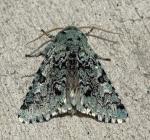
| Recorded by: K. Bischof on 2024-02-27
Transylvania Co.
Comment: |
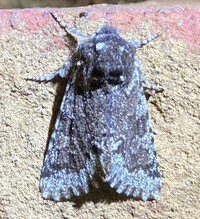
| Recorded by: Dean Furbish on 2024-02-10
Wake Co.
Comment: | 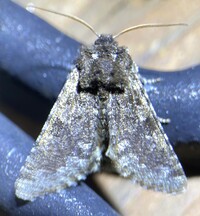
| Recorded by: Dean Furbish on 2024-02-02
Wake Co.
Comment: |
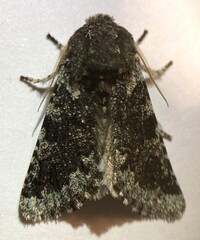
| Recorded by: Dean Furbish on 2024-01-26
Wake Co.
Comment: | 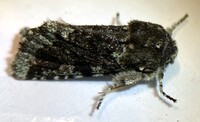
| Recorded by: Dean Furbish on 2024-01-26
Wake Co.
Comment: |
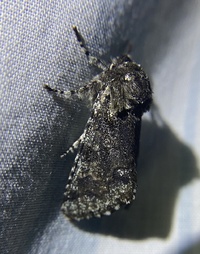
| Recorded by: David George, Stephen Dunn on 2023-02-08
Orange Co.
Comment: | 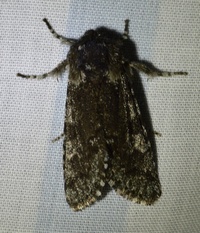
| Recorded by: David George, Stephen Dunn on 2023-02-08
Orange Co.
Comment: |
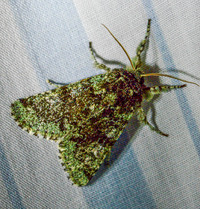
| Recorded by: Stephen Dunn on 2023-01-19
Orange Co.
Comment: | 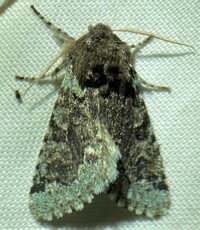
| Recorded by: Dean Furbish on 2023-01-19
Wake Co.
Comment: |
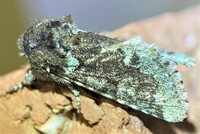
| Recorded by: Dean Furbish on 2023-01-19
Wake Co.
Comment: | 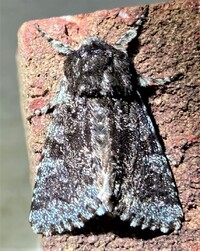
| Recorded by: Dean Furbish and Joy Wiggins on 2023-01-18
Wake Co.
Comment: |
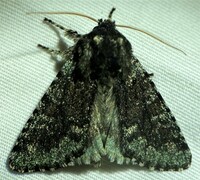
| Recorded by: Dean Furbish on 2023-01-05
Wake Co.
Comment: | 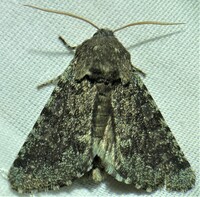
| Recorded by: Dean Furbish on 2023-01-03
Wake Co.
Comment: |
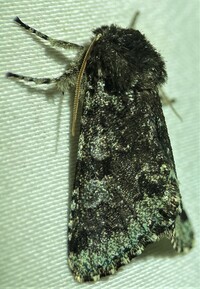
| Recorded by: Dean Furbish on 2022-12-30
Wake Co.
Comment: | 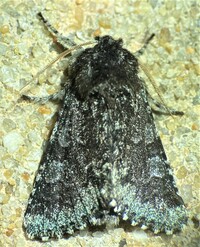
| Recorded by: Dean Furbish on 2022-12-30
Wake Co.
Comment: |

| Recorded by: Dean Furbish on 2022-01-13
Wake Co.
Comment: | 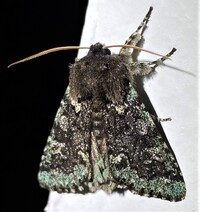
| Recorded by: Dean Furbish on 2022-01-09
Wake Co.
Comment: |
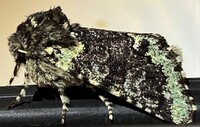
| Recorded by: Dean Furbish on 2022-01-01
Wake Co.
Comment: | 
| Recorded by: Dean Furbish and Joy Wiggins on 2021-12-28
Wake Co.
Comment: |

| Recorded by: Dean Furbish and Joy Wiggins on 2021-12-28
Wake Co.
Comment: | 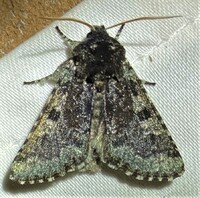
| Recorded by: Dean Furbish and Joy Wiggins on 2021-12-26
Wake Co.
Comment: |
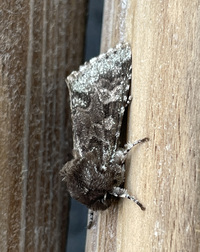
| Recorded by: Ben Fleming on 2021-12-24
Craven Co.
Comment: | 
| Recorded by: Jim Petranka on 2021-03-09
Madison Co.
Comment: |
|

 »
»

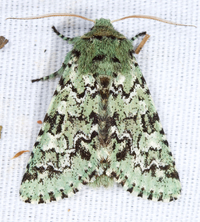

 »
»

